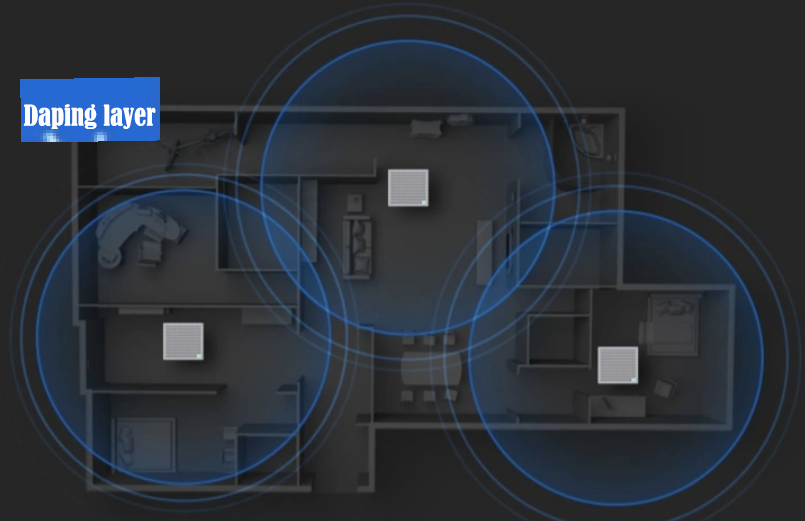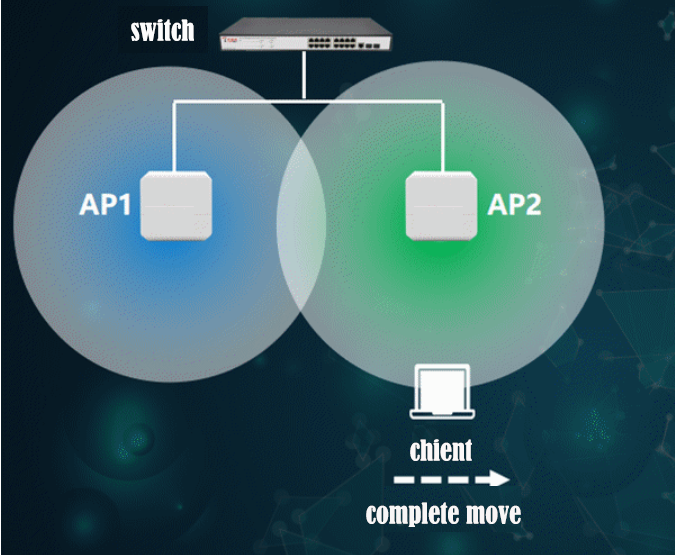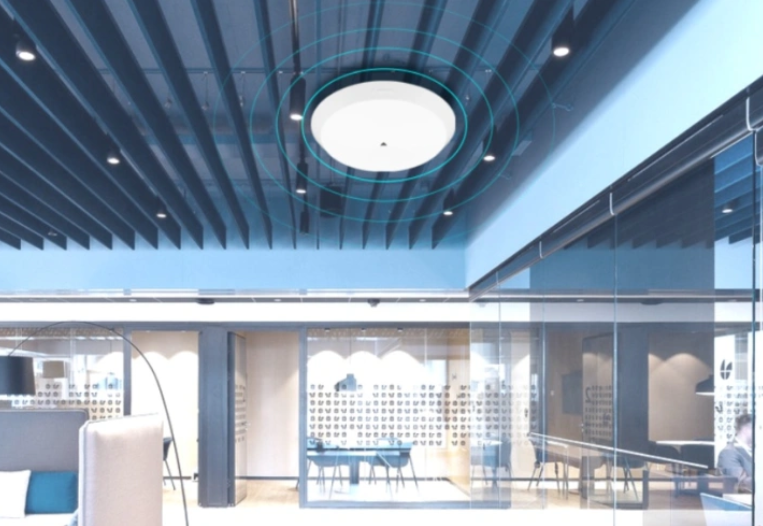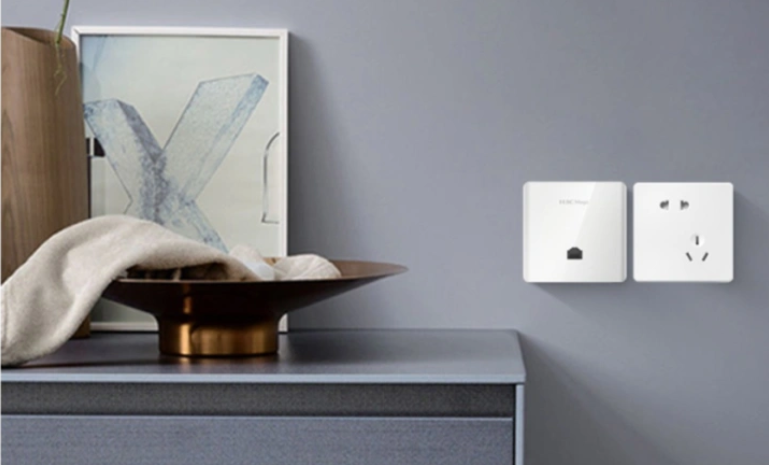
By admin Date of issue: Aug 04,2023
MESH technology
MESH distributed technology generates a mesh network between routers, and different access points can be mixed to form a whole mesh network in the form of star, tree, series and bus. In this large network, not only the SSID is unified, but the wireless device can also freely find the node with the best signal to connect and transmit data. When the user's handheld device shuttles between different nodes, the connection is seamlessly switched.
For large-area wireless coverage, MESH has the advantages of simple deployment, flexibility, and roaming experience. However, the MESH networking of most products needs to occupy wireless bandwidth. For the user experience, the best state is to use wired for MESH networking, or choose a tri-band router. The tri-band router has a dedicated frequency band for wireless MESH. The speed will not be affected, and the experience will be better.
MESH networking is suitable for users who meet the following requirements at the same time.
1. The wireless coverage area needs to be more than 100 square meters, or there are a large number of load-bearing walls within the coverage area
2. During the renovation, no network cable was reserved
3. Need a good wireless roaming experience
Schematic diagram of MESH networking

Wireless roaming
When using AP or MESH networking, multiple routers provide the same wireless signal, and the terminal realizes seamless roaming in the process of moving, and the terminal automatically connects to the appropriate router, and no data will be generated during roaming. Packet loss, or a small amount of data packet loss.
Wireless Roaming Diagram
The premise of roaming is that there is no blind area covered by wireless signals. If there is a blind area, then when the terminal moves to the blind area, it cannot connect to the wireless signal and must be disconnected from the network. Or on the edge of signal coverage, even if you can connect to the Internet, but the performance is poor.
When the terminal is roaming, the more complicated the authentication method is, such as Radius authentication, the more re-authentication steps are required, and the longer the reconnection time is. In order to speed up the certification, there are 3 standards related to fast roaming.
There are three main standards related to fast roaming: 802.11k, 802.11v, and 802.11r.
STA: terminal
802.11k is responsible for letting STA know the distribution of nearby APs.
802.11v is responsible for allowing the AC to guide the STA to switch APs, rather than letting the STA decide on its own, so as to better switch.
802.11r is responsible for allowing the STA to switch between APs without re-authentication and speed up the connection.

AC+AP
Introduction to AC+AP
For large houses, duplex buildings, villas, hotels, shopping malls, and enterprises, multiple routers are required for coverage and a good roaming experience is required. At this time, the best experience is to set up a network in AP mode and use AC for unified management. AC can be independent hardware, or implemented using software. For some brands of products, all data needs to be processed by the AC, and the performance of the AC determines the performance of the entire network. For some brands of products, the AC is only for management and does not perform data forwarding. APs need to cooperate with switches that support POE to provide power. Therefore, when deploying an AC+AP network, not only do you need to deploy network cables in advance, but also involve a lot of equipment, which requires high network technology requirements for users.
AP is a wireless access point (Wireless AccessPoint), responsible for releasing wireless signals, forwarding wireless data, wireless coverage, and relying on multiple APs to achieve. Due to the installation method of the AP, the antennas of the AP are built-in antennas. AP installation types are divided into ceiling-mounted APs and panel-mounted APs. The ceiling-mounted AP can be made larger and more powerful. Panel-mounted APs are limited by their size and installation location, so performance, heat dissipation, and signal coverage will be worse. As long as conditions permit, try to choose a ceiling-mounted AP.
Schematic diagram of a ceiling-mounted AP

Schematic diagram of panel AP

AC wireless controller (Wireless AccessPoint Controller)
Responsible for controlling all settings of the AP. For some brands, the AC will centralize data forwarding, while for some brands, the AC only manages and does not participate in data forwarding. For an AC that forwards data in a centralized manner, the performance of the AC will be a bottleneck in the network, so you must select an AC with strong performance. The brands of AC and AP should be the same.
Device list for AC+AP networking
AC: Required. Some brands are hardware ACs, some are software ACs, and software ACs need to be installed on a host or other systems.
AP: Yes, wireless performance and coverage depend on him. The higher the performance, the better. Note that the AP and AC must be of the same brand.
POE switch: Must be a Gigabit POE switch. Note that the protocol of POE is consistent with the protocol supported by the AP. Some brands will integrate AC and POE to save costs, and high-end products are generally independent models. Can be other brands.
Gateway equipment: necessary, used to access broadband, does not need to release wireless signals, and pays attention to network forwarding performance. Can be other brands.
Network cable: must, need to be wired in advance, network cable at least 6 types. Ensure the quality of network cables for construction. Ensure that all 8 cores of the network cable need to be connected.
Cabinet: It is not necessary. If there are many devices used, a small cabinet needs to be configured to install devices, integrated wiring and heat dissipation. If it is a small amount of equipment, it can be installed in a weak current box according to the size and number of equipment, but for the stability of the system, we must pay attention to the heat dissipation problem.
ADD:116 ChengYang Road, XiangCheng District, SuZhou City,JiangSu Province, China
Skype:sunbenku1
Email:support@wallystech.com
Copyright © 2020 Wallys Communications (Suzhou ) Co., LTD Sitemap



